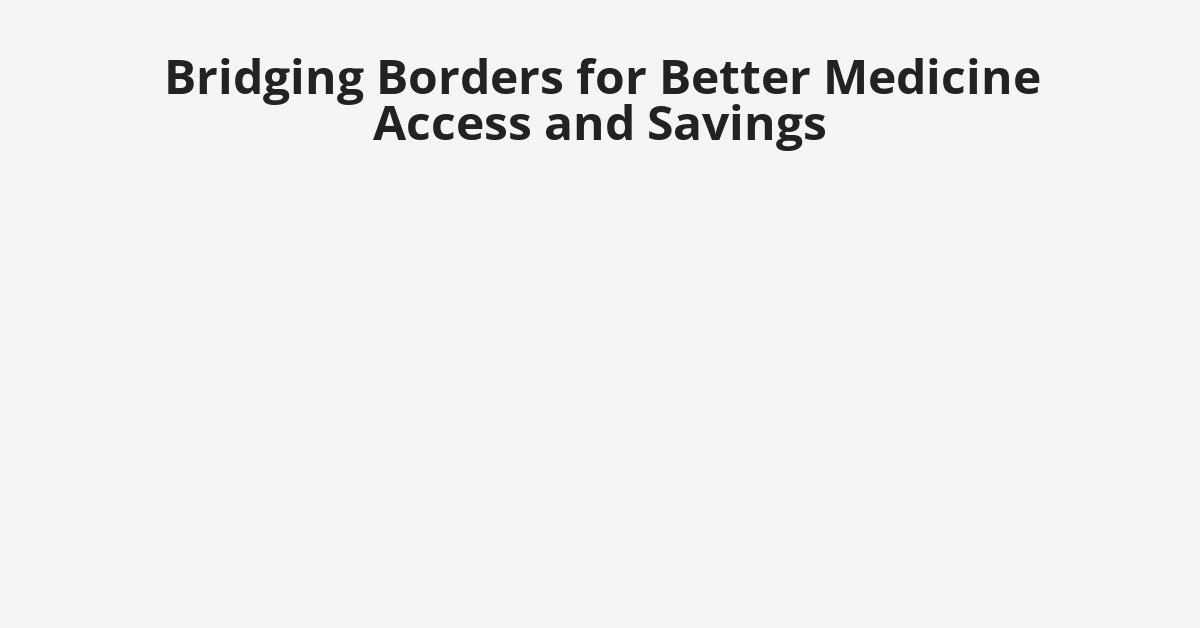In our ever-connected world, the journey of medicine no longer stops at national borders. Thanks to innovative collaborations and shared goals, people everywhere are gaining better access to essential medicines while saving money. This global movement is transforming health care from an isolated national effort into a vibrant international partnership. Let’s dive into how crossing boundaries and uniting across nations is opening doors to healthier, happier lives!
Crossing Boundaries: Unlocking Medicine Access Worldwide
Medicine access used to be a patchwork quilt of local regulations, limited supply chains, and high prices. But today, more countries are breaking down these barriers, creating a tapestry of shared resources and knowledge. By harmonizing regulatory standards and streamlining distribution channels, medicines that were once out of reach are becoming accessible in remote corners of the globe. This borderless approach ensures no patient is left behind due to geography.
Technology is playing a starring role in this transformation. Digital health platforms and cross-border telemedicine services are connecting patients with healthcare providers and pharmacies worldwide. These innovations help deliver crucial medicines quickly, safely, and affordably, even in areas with traditionally weak infrastructure. The ease of global communication is turning the dream of universal medicine access into a practical reality.
Moreover, international cooperation is fostering research partnerships that accelerate the development of new treatments. When scientists and policymakers from multiple countries pool their expertise and funding, breakthroughs happen faster. This collaborative spirit doesn’t just unlock access to existing medications — it also fuels innovation that benefits the entire planet.
United for Savings: How Borders Boost Health Together
When countries join forces, they leverage collective buying power to negotiate better prices on medicines. Bulk purchasing agreements and joint tenders mean lower costs per unit, allowing governments to stretch healthcare budgets further. This solidarity in procurement is a win-win, providing affordable treatments to more people while boosting savings that can be reinvested in health systems.
Cross-border cooperation also cuts down on duplication and wastage. By sharing supply chain data and coordinating distribution, countries reduce stockpiles of surplus medicines that might otherwise expire unused. This smart resource management leads to significant cost savings and ensures vital drugs are actually reaching those who need them most, rather than languishing on shelves.
Finally, united health initiatives help stabilize medicine markets, reducing the volatility that can spike prices unpredictably. When nations work in tandem to forecast demand and respond to global health emergencies, they create a more resilient system that benefits everyone. Borders, rather than dividing us, become lines of connection — stitching together stronger, more affordable healthcare networks worldwide.
Bridging borders is more than a metaphor; it’s a powerful reality reshaping global medicine access and affordability. Through cooperation, technology, and shared vision, we’re crafting a future where no patient is too far away or too costly to treat. Together, we’re not just crossing boundaries — we’re building highways of hope, health, and savings that span the globe. Cheers to a world where better medicine is a right, not a privilege!

